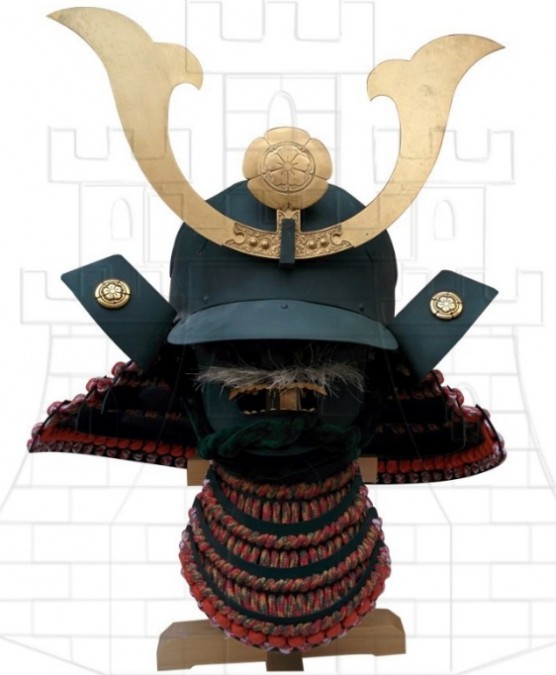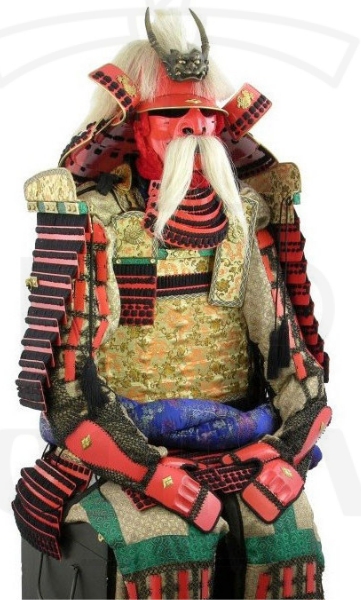What is a Kabuto?
The kabuto is an essential component of Japanese armor, holding a prominent place in the military history of feudal Japan. This elegant helmet not only protects the head and face of the warrior in combat situations but also represents a symbol of status and skill. Even today, the kabuto is used in traditional ceremonies and festivals, bestowing an air of reverence towards Japan's rich cultural heritage.

Kabutos are recognized for their captivating aesthetics, with intricate details that often reflect elements of nature, wildlife, and divine figures. As metallurgy technology advanced, designs became more complex, incorporating new ornamental elements and better materials. Initially, kabutos were simpler and more functional; however, over time they evolved into rich expressions of art and craftsmanship.
A distinctive aspect of the kabuto is the maedate, an ornament placed on the top of the helmet. Generally, this emblem was a metal crest or a sculpture representing the warrior or their clan, thereby allowing identification of their status and loyalties. Along with the maedate, another crucial element is the shikoro, a neck guard that hangs from the lower edge of the helmet, made up of multiple plates of metal or leather that provide additional security to the wearer.

Kabutos were considered family treasures, often passed down from generation to generation, and their care and maintenance were carried out with great diligence. Owning a kabuto was not only a symbol of wealth but also of a deep respect for the art of war. Today, they are admired in cultural festivals and parades, as well as being central pieces in art collections that preserve Japanese history.
In summary, the kabuto is not just a piece of armor; it is a testament to Japan's historical and artistic legacy, valued for both its functionality and aesthetic beauty.
















